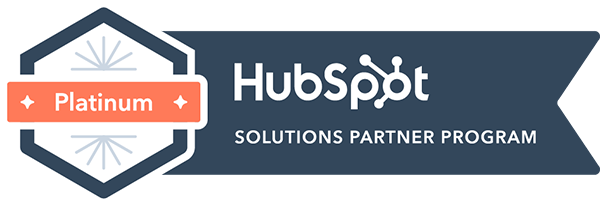
For B2B businesses like MSPs, your email list gives you the power to reach current and potential clients directly, while delivering quality content. Email is still king, yielding a $36 ROI for every $1 spent, according to HubSpot. However, 58 percent of all MSPs do no email marketing at all, or do it very inconsistently. (MSP Success Magazine.)
Creating powerful, engaging emails is one challenge; building a list that cares - and converts - is another. The most professional, effective email content is virtually useless without a quality list. But what is a quality list, and how do you get one?
Quality Over Quantity
Once businesses caught on to how effective email marketing was, many of them started trying to cast a wider net. Because the more emails you have in your list, the more chances you have to sell, right?
And then, as businesses became frustrated with the slow and steady method of growing email lists, they began to buy email addresses.
It sounds like a decent shortcut. There are even companies out there that can sell you a list of email addresses that look pretty close to your ideal customer. Ultimately, however, buying email addresses almost never pays off. Time and time again, the slow and steady list is more effective.
Why Not Buy Your List?
Your email list is only truly valuable if it’s accurate. When you buy a list, even if you can set some qualifications, you still risk pulling in hundreds or thousands of contacts who want nothing to do with your business. If no one opens your emails, or mark you as spam, you can eventually be penalized by the email marketing provider you use.
In short, buying a list might be faster, but it will likely come with a lot of dead weight that won’t actually lead to new customers.
The Value of List Building
When you build an email list, you are typically relying on a few different sources of leads. You might have a sign-up form on your website, curated lead magnets to attract your ideal client, or even in-person events where you gather email addresses from a sign-in sheet. These list contacts can come from a variety of sources, but they all have one thing in common: they chose to give you their contact information. And that is one major advantage over buying a list, because they’re already interested in you or your product.
It’s also easier to organize your information and categorize contacts when you know where they came from. It’s critical to meet your new contact where they’re at in the buyer’s journey, so you can make the most of that connection. Someone who attended an event hosted by you might be at a different place than someone who signed up for your newsletter list on your website, so they shouldn’t be treated the same in your messaging. But it’s much harder to implement that kind of personalization when you’re dealing with a large, purchased list.
The Bottom Line
Curating a list takes time, effort and consistency, but it pays off in the long run. Spend your marketing budget on strengthening your campaigns and reaching your ideal clients, instead of purchasing lists that may or may not translate into quality customers.




